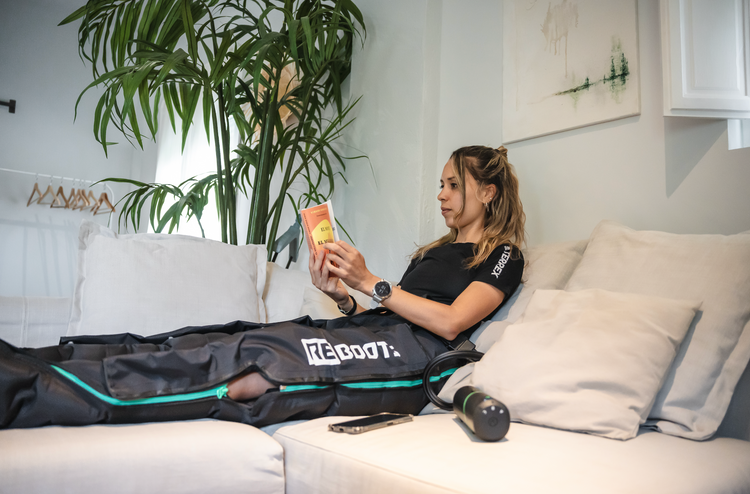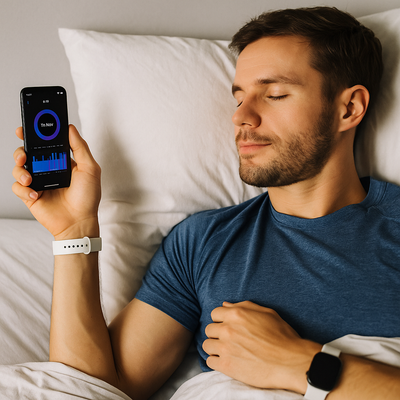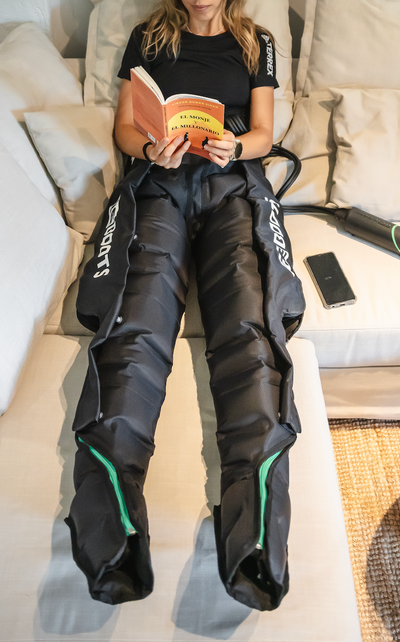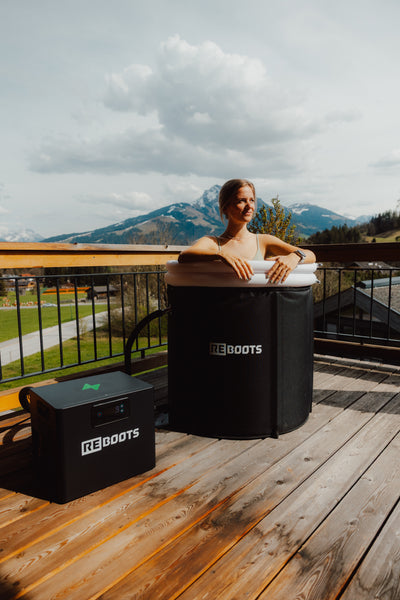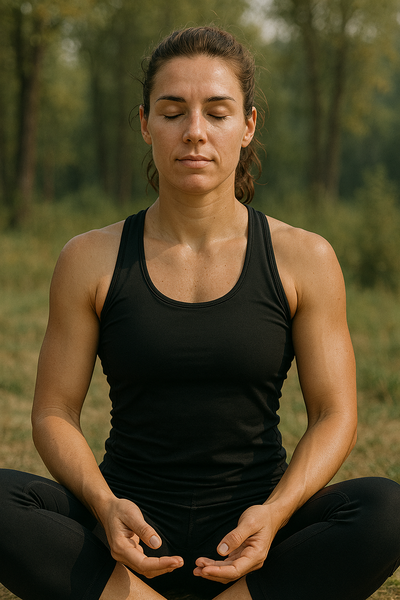Success is not only made in training, but in the recovery afterwards. Sleep and regeneration are the invisible success factors that professionals rely on – because those who recover better, stay capable longer.
Scientific Background: Regeneration as a Performance Booster
During training, the body is deliberately stressed – muscles, nerves, and energy stores are taxed. It is only during rest periods that the actual adaptation process takes place.
If recovery is lacking, training stimuli become ineffective. Overtraining, mental exhaustion, and performance slumps are common consequences.
Lack of sleep acts like an invisible opponent:
- Concentration and reaction time decrease,
- hormonal processes become unbalanced,
- muscle regeneration slows down.
For many top athletes, sleep is not a luxury but a strategic tool.
Why Pros Rely on Sleep & Recovery
Sleep as a Key to Performance
During sleep, growth hormones are released, which are crucial for muscle building and cell repair. The immune system and hormone balance also benefit from sufficient deep sleep.
Recovery as Part of the Training Plan
In professional sports, recovery is no longer seen as a break, but as an integral part of the training cycle. Regeneration is planned, measurable, and individually tailored – just like strength, endurance, or technique training.
The science behind recovery & sleep
While we sleep, the body works at full speed:
- Cell repair: Micro-damages to muscle fibers are balanced out.
- Hormone regulation: Testosterone, melatonin, and growth hormones support recovery and building processes.
- Brain cleansing: During deep sleep, metabolic waste is broken down – essential for concentration and focus.
Deep sleep & REM sleep
- Deep sleep is crucial for physical regeneration.
- REM sleep enhances mental recovery and emotional balance.
Both phases are indispensable – especially in competitive sports, where body and mind are constantly challenged.
Recovery Boots can be used flexibly
Tools & Strategies for Better Recovery
Sleep Hacks from Professional Athletes
- Consistent Bedtimes: A regular rhythm stabilizes the internal clock.
- Optimal Sleep Environment: Darkness, cool room temperature, and no digital devices.
- Power Naps: Short midday naps can noticeably improve performance and concentration.
Travel & Jet Lag: Pros plan trips to adjust their rhythm as quickly as possible – often with the help of light control or short naps.
Sleep and recovery are central components in sports. They influence how training, everyday life, and stress remain balanced. Those who consciously integrate regeneration create long-term structure and balance.
Tools like Sleep Tracking, Recovery Boots, or cold therapy help to specifically design recovery phases and develop routines.
